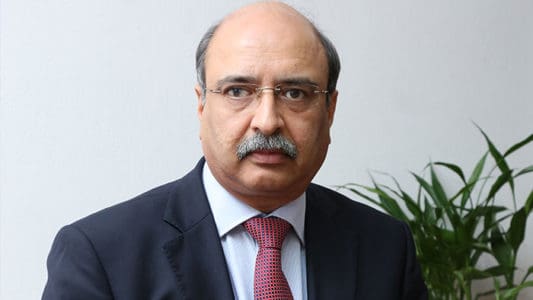So, you are about to wrap up your net banking transaction, but alas! One message pops up—‘No internet connection’. And then one fine day when you hurried to pay your bills on the last due date, alas! The net ditches you again. Well, these are some tech irritants which we often encounter in our day-to-day life, when technology, our most reliable friend, ditches us at any point of time.
Now, talking about smart cities here, where ICT would play a crucial role, and transform our lives to a smarter world. These smart cities would create smart infrastructure, smart living, smart governance, smart people, among other things, but imagine you got all these in place but sans smart connectivity. What even if in a smart city you face call drops? What even if you face connectivity issues in a smart city?
The recent Ericsson ‘SmartNext’ offered an interactive platform for industry stakeholders to have a focussed discussion on industries in transformation and the use of ICT for creating Smart, Sustainable cities in India. However, the pertinent issue of connectivity still needs to be covered.
Well, let’s move beyond the perennial high-cost, scarce spectrum and towers debate; let’s see the world through a different prism. Just taking a leaf out of cities such as Barcelona and the City of San Jose, the issues related to smart connectivity could be sorted out to many extents. These cities have relied on a combination of cellular and Wi-Fi technologies and as a result, have shown significant improvements in the way of life.
The City of San Jose leveraged hotspot 2.0 technology, where users can work on Wi-Fi devices only such as tablets and laptops. The initial bay area Wi-Fi hotspot 2.0 deployments supports hotspot 2.0 enabled iOS 7 devices (iPhone 5/5S/5C, iPad3, iPad Mini, iPad Air etc). With hotspot 2.0, one can eliminate the uphill task of device configuration and securely connect to the networks.
In the city of Barcelona, access points were created at 193 municipal facilities and at 276 street sites, making a total of 461 access points and they created the largest free-access, public Wi-Fi network in Spain and one of the most important in Europe.
So, the need of the hour is a mix of interoperable wireless connectivity technologies and the setting up of the right ecosystem in this direction. Telecom operators can store their airwaves and land line cost by transferring voice traffic on Wi-Fi but for that, setting up of right infrastructure should be there in place.
Wireless connectivity technologies could help us get rid of the challenges and leverage the next-generation technological improvements, helping us to join the smart city bandwagon.












